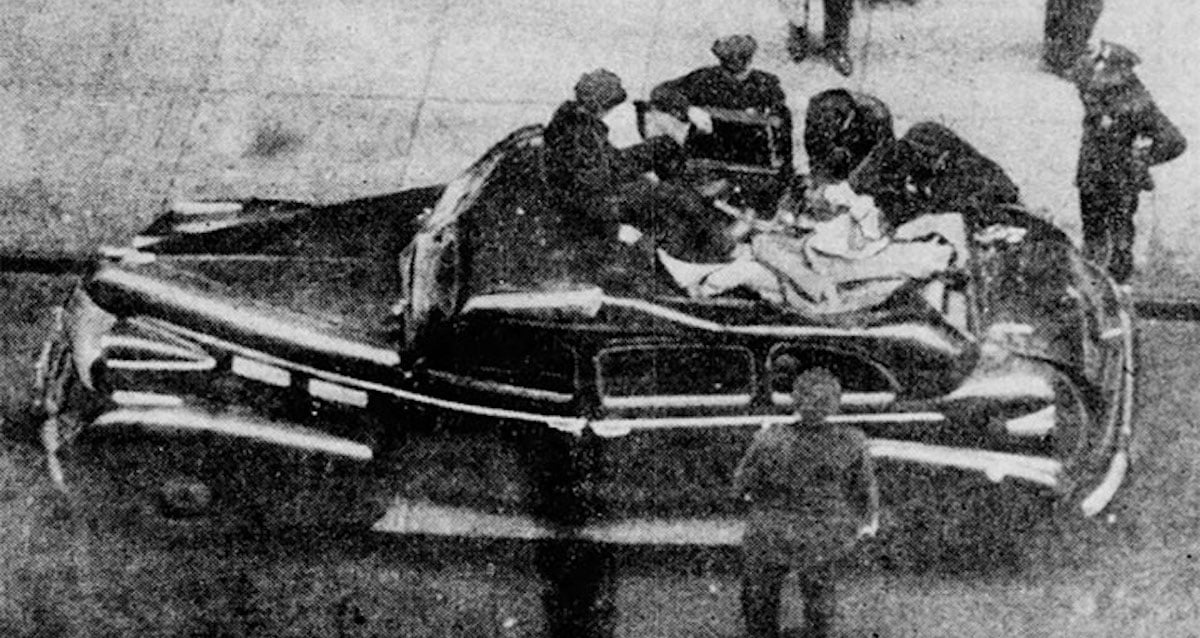Can a photograph immortalize a tragedy, transforming a moment of despair into a hauntingly beautiful image? The photograph of Evelyn McHale's death has become eternally known as "the most beautiful suicide," a moniker bestowed by Time Magazine, etching her story into the annals of history.
Evelyn McHale's story, a poignant narrative forever intertwined with the towering silhouette of the Empire State Building, continues to captivate and unsettle. In 1947, this young, seemingly contented bookkeeper made the fateful decision to jump from the 86th-floor observation deck, ending her life in a way that would paradoxically grant her a form of immortality. The image captured in the aftermath became an icon, a chillingly composed tableau that belies the violence of the act. It's a picture that has resonated through the decades, sparking debate, inspiring art, and raising uncomfortable questions about beauty, death, and the voyeuristic nature of photography.
| Evelyn McHale: Biographical and Professional Information | |
|---|---|
| Full Name | Evelyn Francis McHale |
| Birth Date | September 20, 1923 |
| Birth Place | Berkeley, California, USA |
| Death Date | May 1, 1947 |
| Death Place | New York City, USA (Empire State Building) |
| Cause of Death | Suicide (Jump from the Empire State Building) |
| Occupation | Bookkeeper |
| Family | Father: Vincent McHale; Mother: Helen McHale; Sixth of seven children |
| Fianc | Barry Rhodes |
| Known For | The iconic photograph of her death, dubbed "The Most Beautiful Suicide" |
| Legacy | Subject of art, photography analysis, and discussions about suicide and its representation |
| Reference | All That's Interesting - Evelyn McHale |
- Moonbin Death Reason Unveiling The Truth Behind The Heartbreaking Loss
- Who Played Billy Loomis In Scream 5 Unveiling The Mystery Behind The Iconic Role


